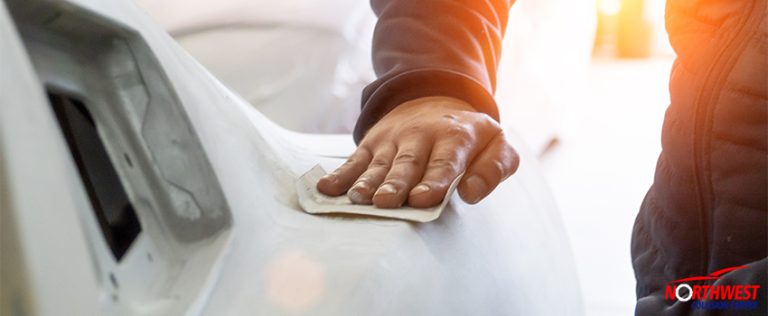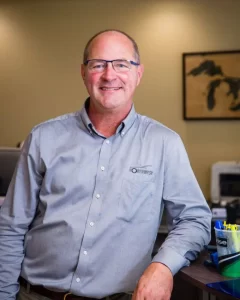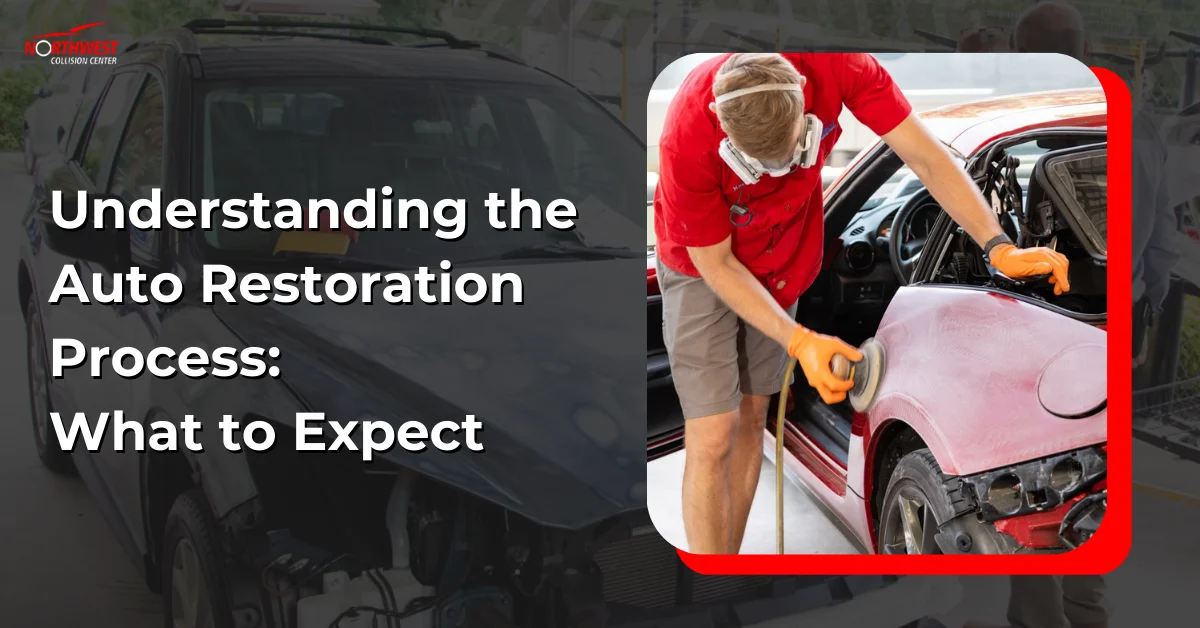While some people picture their dream car as a brand-new Mercedes-Benz convertible or an SUV with the latest navigation system, others envision their dream cars from yesterday’s time. No matter what brand or model your vintage car belongs to, the best auto restoration services can transform your classic car into a timeless gem.
Vintage cars are not readily available in a car dealership. If you happen to own one, you might be able to notice how several decades can put a used car through a host of mechanical problems. Some of the most common issues your car may face involve its engines, transmissions, and electrical systems. For some, the interior upholstery and outside paint may not be in their ideal condition.
If you have enough time, money, and ambition, taking your car to auto restoration shops is the best way to breathe new life into your old vehicle.
What Is Auto Restoration?
Cars aren’t meant to last forever. But, thanks to a process known as auto restoration, your vehicle will look and run like new. The results are beneficial, especially if you plan to set your car in the collectible status for auctions or resales.
Restoration jobs won’t be easy; the effort and cost to get the job done depend on the car you selected and the accompanying needs for restoration. If performed correctly, auto restoration services would enable drivers to experience the feel of a classic automobile as if it had just left the dealer’s lot from its time.
Given the advancements in automobile technology, many companies today provide rare parts of older and obsolete vehicles online. Also, some of these companies employ a team of trained mechanics who have access to the essential guides on proper vehicle restoration.
If you want to restore that rusty wreck in your backyard, now is the time to give it a shot.
Two Types of Auto Restoration
Car restoration involves an exciting and complex process. In line with this, there are two types of auto restoration services that you should know about: partial and full auto restoration.
Let’s look at a more detailed description of these two types of auto restoration services.
Partial Car Restoration Process
If you plan to take your car for a ride rather than displaying it at public events, partial car restoration is an excellent option.
Here are some upgrades and replacements included in this restoration process:
Body Work & Paint Restoration
An obvious way to create a stunning look for your vehicle involves creating a vibrant exterior appearance. The bodywork consists of frame straightening and exterior body painting. With this type of upgrade, you can jazz up your vehicle so that you can ride its new look and feel in style.
Interior Refresh
Now that you’ve upgraded your car’s exterior, it’s time to freshen up its interior. To do this, auto restoration shops usually conduct cleaning sessions on the floor, seats, and dense fabrics to remove any dust, debris, or leaves.
Mechanical & Electrical System Upgrade
A partial restoration service restores the current electrical, fuel delivery, and cooling systems while upgrading the mechanical system. Note that electrical systems require multiple upgrades since a lot of car components run on electricity today.
Brake, Steering, and Suspension System Restoration
The restoration process wouldn’t be complete until your brake, suspension, and steering systems have been updated. Checking and upgrading these parts ensure that you can drive your car properly.
Full Car Restoration Process
A complete car restoration involves repairing and upgrading the car to its original condition. To do this, auto restoration shops conduct complete vehicle disassembly and restoration of individual car parts.
If you plan to showcase your vehicle at an auto show, this type of auto restoration will do the job for you. Note, however, that this may require more time than a partial restoration, so make sure to adjust your maintenance schedule for this service.
Here is an overview of the process:
Mechanical or Chemical Paint Removal
Mechanical paint removal entails the use of automated paint removers like sanders. On the other hand, chemical paint removal involves taking some parts of your automobile off before adding a coat of paint. Both of these methods serve as protection from car damage.
Rust Repair
Metal makes up almost every type of car, and it quickly erodes over time. Rust forms especially during humid climates, so make sure to check your car, especially during the warm months.
Trim Replacement
Your car’s exterior trims include wheel wells, bumpers, window and door seals, and headlights. Make sure to replace the trim so it won’t be prone to stain and wear.
Engine Rebuild or Replacement
Auto restoration professionals either rebuild your engine or replace it with a crate motor, usually purchased in the aftermarket.
System Upgrades
Similar to partial restoration, your vehicle should also have its brake, suspension, and steering systems upgraded. After all, the exterior looks won’t matter if you can’t drive it smoothly on the streets.
Complete Interior Replacement
The final step for full auto restoration involves replacing all of the car’s interior features, including headliner, carpets, dash, door panels, foam, seat covers, and repair springs.
Professional Auto Restoration Near Me
For more information on the differences between partial and full car restoration, reach out to our experts at Northwest Collision Center.
Northwest Collision Center is one of the auto body repair shops in St Petersburg, FL, that can strip ages from your used car and transform it into a brand-new dream machine. Our trained auto body technicians are well-versed with several different types of cars, so rest assured that your vehicle will achieve its pristine condition the next time your drive it. For inquiries, contact our team today.










